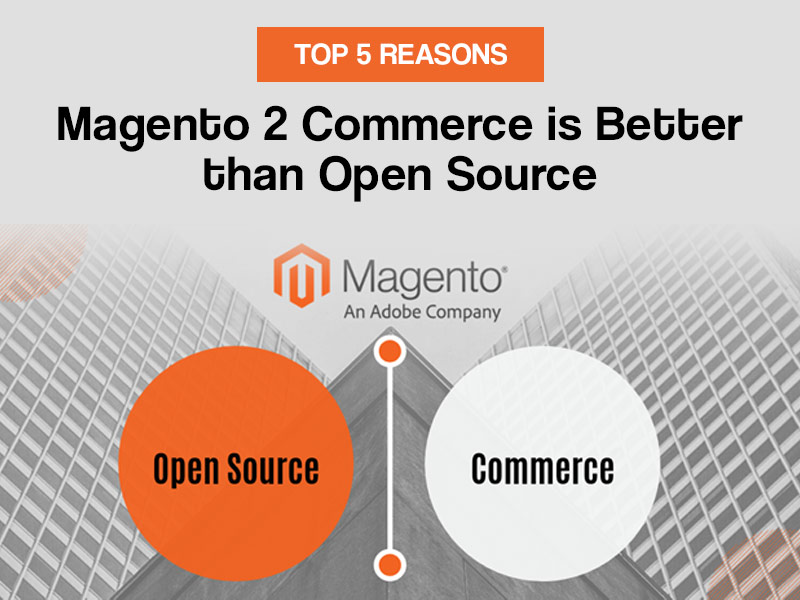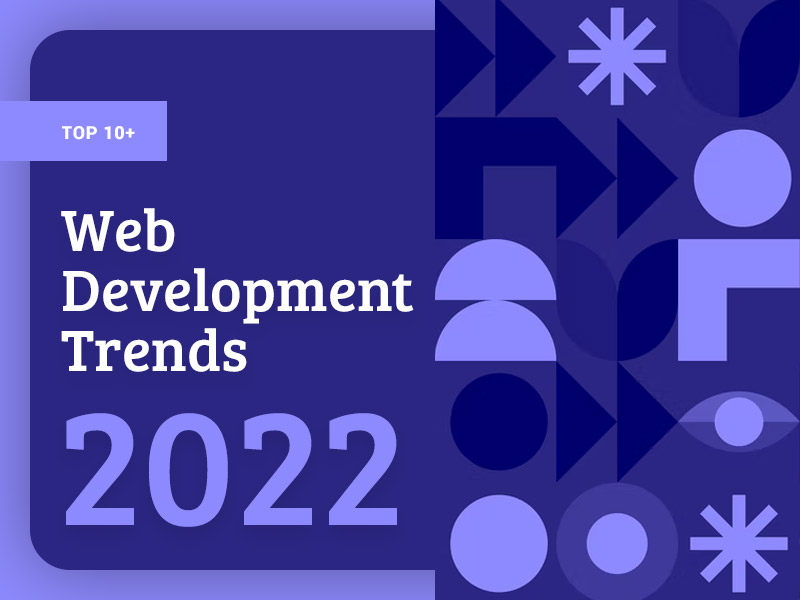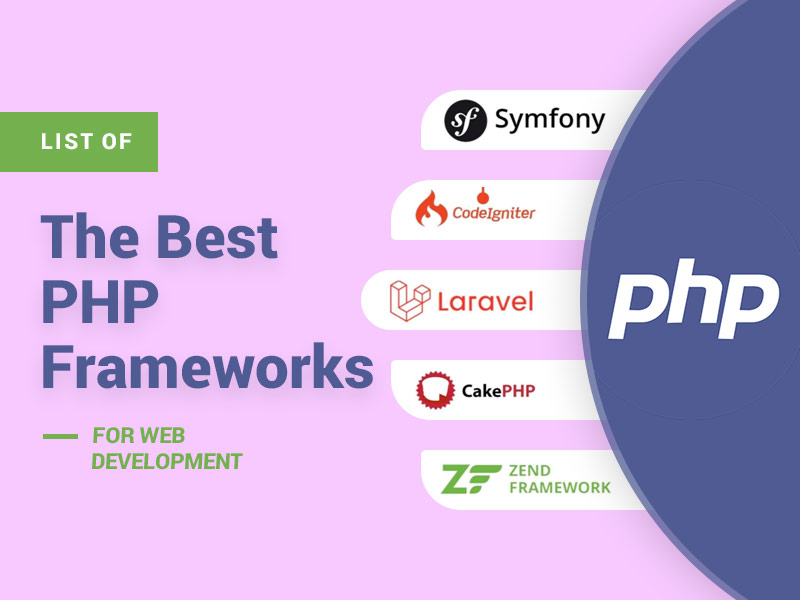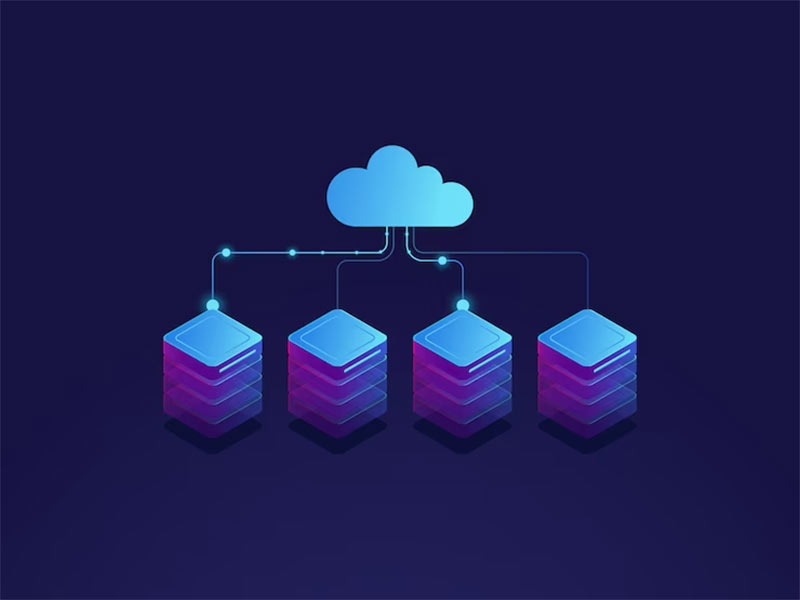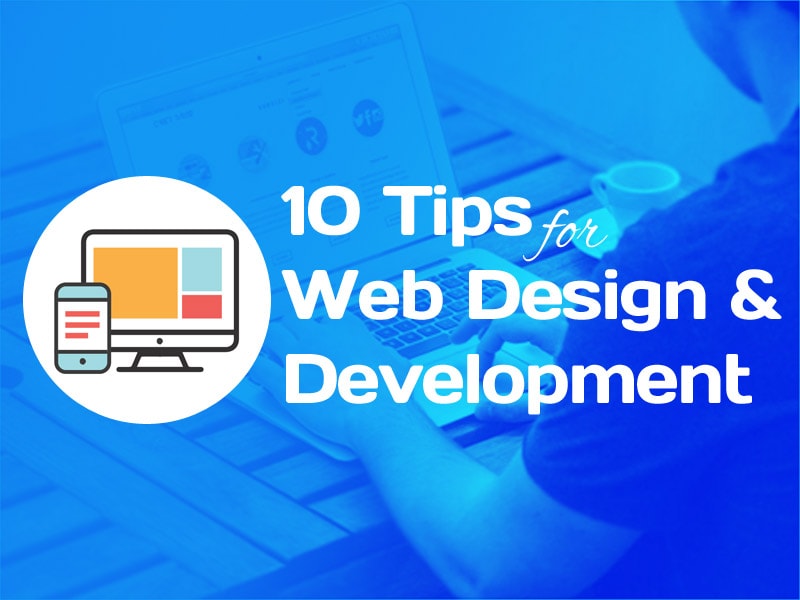Magento is a great solution for companies that have a standard business model and do not strive to constantly optimize and introduce new ideas. If, after a few years, new modules and processes are required (and this happens quite often in a changing market), this will entail a loss in performance and additional costs.
Magento 2 development company has a cloud-based e-commerce system that helps simplify the transition from A to B, meaning the business provides a wide range of options, technologies and tools to partners, as well as a global developer ecosystem.
Pros – Magento 2 Commerce
They are:
- Multifunctional – Community (free) version of several features that are not easily available in other solutions, such as the ability to use different solutions, support for multiple languages and multi-currencies, and portability and ease of search.
- User Friendly – The admin panel has one of the most user-friendly interfaces I’ve ever seen, with simple and intuitive navigation and a well-organized store.
- An all-union and active community of users who have developed many extensions, plugins and Magento maintenance service.
- Flexibility architecture – Magento allows you to customize everything so that you can have complete control over your online store. It is open source, so you have complete control over the code and can develop whatever functionality you want.
- Scalability – As mentioned Magento is built to scale, so whether you are a small or large enterprise Magento can handle it easily.
For example, you can manage multiple stores, choose different languages, and offer calculations in different currencies.
This is one of the best CMS for an online store, and new plugins and extensions are constantly being developed for it. This is one of the reasons Magento is often viewed by many as the main e-commerce platform on the market.
Magento’s biggest flaw stems from one of its main strengths: its community is so vast that it’s hard to navigate. You will spend a lot of time learning all the intricacies of the system, and it turns out that in order to understand all this, you need to be a technical guru.
Keeping track of the time to complete the migration is one of the key requirements for a successful migration to a new platform. For small E-commerce sites, this factor is not as important as for large projects. Therefore, in the case of large sites, the migration process can take from several hours to several days such as Magento 2 commerce vs open source.
It should be borne in mind that you do not have to go offline for such a long time. The longest stage of transition to a new platform is the process of creating a backup copy of the database, so after that it is necessary to enable the balancing phase, which in turn requires the implementation of the offline phase.
Magento is Safe
Security is not an option, it is a necessity in an environment where hackers try to break into databases every minute. We hear news of data breaches almost every day, so in the case of an online store, it’s important to have a compromised system.
Fortunately, Magento is always tested by a huge number of developers. Experts (such as ethical hackers) constantly monitor the entire system looking for defects and fixing vulnerabilities by downloading patches. But don’t worry, you don’t have to constantly look for updates. Magento always draws your attention when an update is available so that you know about the latest developments immediately. (You’d better ask a specialist to guide you through the upgrade process, especially if your store already has multiple custom designs.)
In general, the system is not perfect. There is no system. But with Magento, it’s amazing how quickly its dedicated community can spot bugs, and after making security updates, you can avoid any future issues before they happen.
